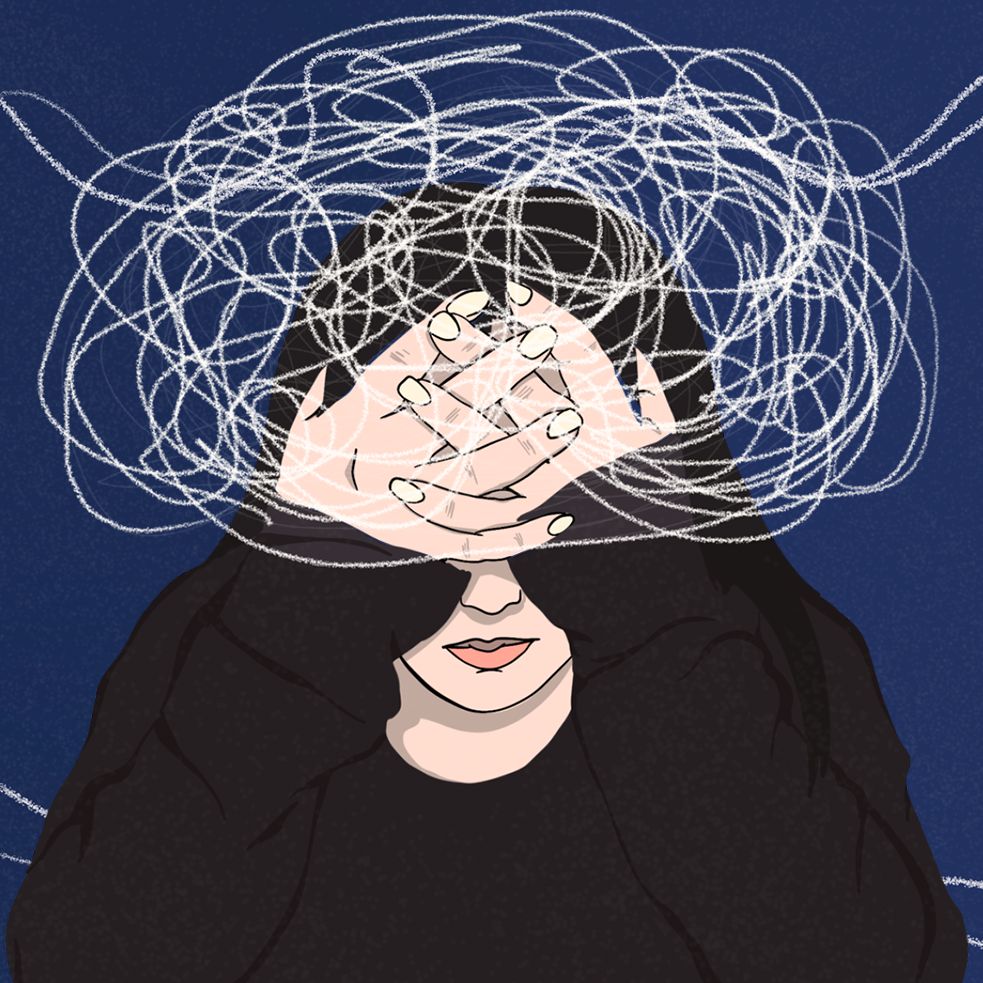Growing evidence suggests cannabis could help migraine and headache symptoms. However, more research is necessary to confirm the efficacy of cannabis as a migraine treatment.
Migraine is a condition that typically involves headaches, among other symptoms. It involves more than just a “bad headache” — migraine attacks can be debilitating. Migraine may significantly affect daily life, making it difficult for people to work and perform everyday activities.
While pharmaceutical interventions are available, researchers continue to investigate better treatment options and, perhaps one day, a cure. Cannabis, also known as weed, refers to products of the Cannabis sativa plant. Two well-known components include cannabidiol and delta-9-tetrahydrocannabinol, or CBD and THC.
Both of these substances interact with the endocannabinoid system and may offer a promising treatment option for treating the frequency and duration of migraine.
This article explores whether cannabis may be beneficial for treating migraine.

A 2022 review highlights evidence supporting the use of
Substances such as CBD and THC are also known as
Many of these receptors are present in the central nervous system, including the brain.
A 2022 review found that medicinal cannabis use is associated with migraine pain management. A 2020 study found that participants’ headache scores lowered by just over 47% after smoking cannabis.
Chronic pain affects between
A
Cannabis use has links to various side effects and risks. According to the
- drowsiness
- dizziness
- confusion
- fatigue
- reduced attention span or lack of concentration
- impaired memory
- blurred vision
- hallucinations
- nausea and vomiting
- headaches
Additionally, the liver cytochrome P450 (CYP-450) system metabolizes THC and CBD in the body. This system also metabolizes many other drugs. As such, potential side effects are likely the result of
Under the Controlled Substances Act and the Drug Enforcement Agency, the United States government classifies cannabis as a
As of 2024,
Laws surrounding the use of medical and recreational cannabis are changing rapidly. A person considering using cannabis needs to check their local laws regularly.
Currently, there is
The goal of acute migraine treatment is to stop the headache from worsening. Medications that form part of acute treatment may
- Nonsteroidal anti-inflammatory drugs (NSAIDs): These include drugs such as ibuprofen and aim to provide pain relief.
- Triptans: This type of medication includes drugs such as sumatriptan and aims to reduce pain symptoms by constricting blood vessels in the brain.
- Antiemetics: These include metoclopramide and chlorpromazine, which aim to reduce nausea and vomiting symptoms.
- Ergot alkaloids: These drugs include ergotamine and dihydroergotamine. These drugs work by preventing blood vessels from dilating and causing headaches.
- Anti-CGRP medications: These stop calcitonin gene-related peptides (CGRP) from binding to specific receptors, reducing inflammation and certain nerve signaling processes associated with migraine.
Treatment for chronic migraine aims to reduce or prevent future migraine episodes and reduce the disabling effects of migraine. Medications for preventive treatment may
- Beta-blockers: These medications include metoprolol and propranolol, which work by slowing down the heart.
- Antidepressants: These include drugs such as amitriptyline and venlafaxine, which may help with depression or insomnia symptoms associated with migraine.
- Anticonvulsants: These drugs include topiramate and valproate sodium. They may help with neurological symptoms associated with migraine, especially in people with epilepsy.
- Calcium channel blockers: These include verapamil and flunarizine and may help reduce migraine frequency.
- Anti-CGRP medications:These medications may help reduce the frequency of chronic migraine.
- Botox: OnabotulinumtoxinA, or botox, is a neurotoxin that may reduce the severity of chronic migraine.
Migraine can be unpleasant and significantly affect daily life. Typically, migraine attacks include symptoms such as frequent, debilitating headaches, as well as other symptoms such as nausea and vomiting.
While more research is still necessary, evidence suggests that cannabis may offer a promising option for treating and reducing the frequency and duration of migraine symptoms.

